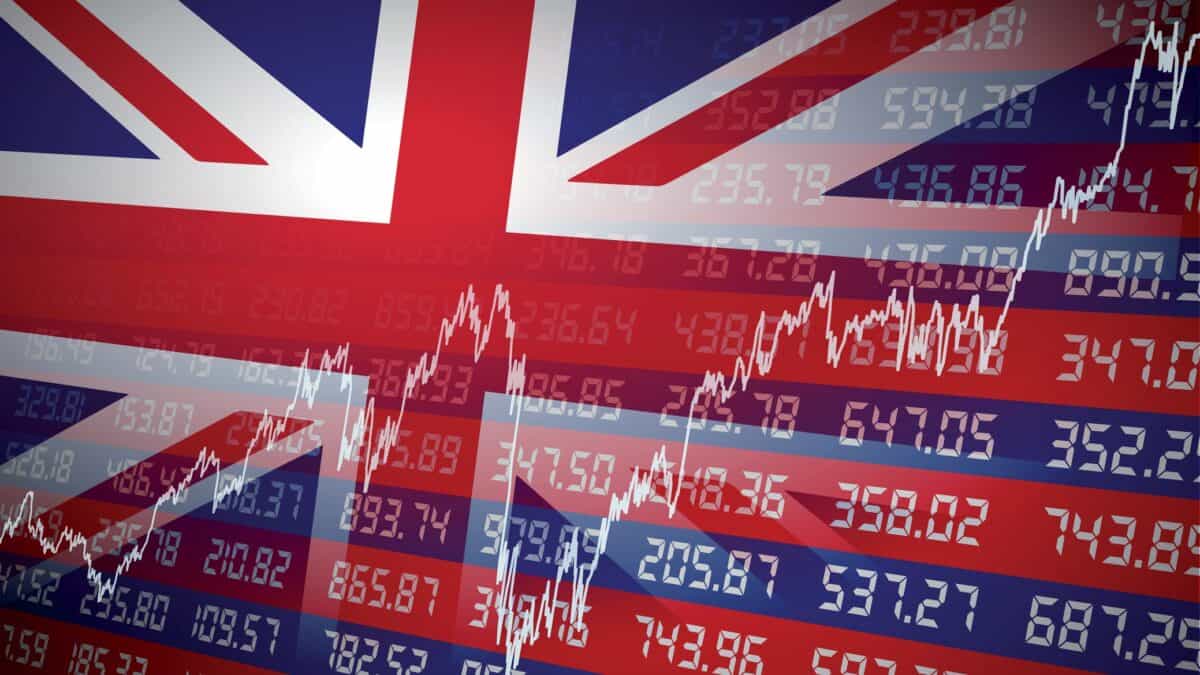Unlock the Editor’s Digest for free
Roula Khalaf, Editor of the FT, selects her favourite stories in this weekly newsletter.
This article is an on-site version of our Unhedged newsletter. Premium subscribers can sign up here to get the newsletter delivered every weekday. Standard subscribers can upgrade to Premium here, or explore all FT newsletters
Good morning. I assume that clever companies with bad news to share issue stealthy news releases at 2.35pm on Fed meeting days, knowing that all the financial journalists will be dialled into the Jay Powell show. Let us know if we missed anything juicy yesterday: robert.armstrong@ft.com and aiden.reiter@ft.com.
50 basis points, followed by nothing
Headlines were flashed; pundits smeared on make-up and appeared on cable TV; side wagers proliferated; column inches stretched to the moon; analyst notes accumulated in teetering piles; social media lit up like a video game. And in the end the market was hilariously unimpressed. We got our big-boy 50bp cut, and equities, bonds and currencies all shrugged contemptuously, in what appeared to be a deliberate effort to humiliate the financial punditocracy.
This indifference was not just funny. It was also a fitting end to the will-it-be-25-or-will-it-be-50 kerfuffle. As soon as the Fed had decisively signalled its pivot to cutting, what mattered most was not pace, but destination. A quarter-point difference to a single short-term interest rate is, in isolation, of little significance to the wider economy. What matters about the size of a particular cut at a particular time is what it signals about the central bank’s extended journey: where it thinks rates need to be, and when it thinks it needs to get there.
Which brings us to the neutral rate (or r*, if you like jargon): the unobservable level of rates that is consistent with full employment and low inflation. “We know it only by its works,” Chair Powell likes to say, misquoting the gospel of Matthew. He said it twice at his press conference yesterday. You’ve fallen below the neutral rate when inflation leaps; you’ve risen above it when risk assets wilt and unemployment jumps. In between, you are walking in the dark, speculating about when you might fall off a ledge or, alternately, hit your head. Central bankers generally can’t stand still, either. Economies have momentum, and policy works with a lag. The Fed must make an estimate and stumble towards it.
The Fed’s current estimate for the neutral rate is 2.9 per cent, according to its summary of economic projections, up a tenth of a percentage point from the last SEP in June. This may not sound like much of a change, but if you look over a slightly longer timeframe, the Fed has shifted its view considerably:
This shift is in line with an emerging economic consensus that fiscal and monetary largesse, an ageing population, deglobalisation, higher productivity and assorted other factors are pushing the neutral rate up. The practical importance of the change is that the Fed does not have all that far to go to reach what it thinks (as of now) is the destination. If it moves at a brisk 50bp per meeting, it will be almost at target in March of next year (of course the intention is to go at a much more stately pace, if circumstances allow).
If the neutral rate is closer now, why move by 50bp? The Fed’s answer yesterday: because we can. The theme of the press release and the press conference was that excellent progress of inflation allowed for a big but pre-emptive cut. We think the labour market is just fine, and because inflation is all but whipped, we can act to make sure it stays that way. Unhedged, for its part, thinks the Fed is right about this. It is likely that inflation is all but whipped, and that the economy is just fine, so a 50bp cut by itself carries little risk. But we don’t know, and probably no one knows, where the neutral rate is. All we know is we are 50bp closer to it now, and closing.
For most investors, this matters primarily because of the possibility of a Fed mistake. If the Fed goes too far, inflation reignites, and it comes clear the Fed is going to have to raise rates again, one will want to own (to simplify grossly) equities rather than Treasuries. If it doesn’t go far enough, and falling employment leads to a recession, the opposite bet is correct. Active investors have no choice, at this point in the cycle, to have their own view of where the neutral rate is, so they can decide which kind of mistake the Fed is more likely to make. This is much more important than the size of the next cut. But 25 vs 50 is a nice, clearly defined debate, whereas estimating the neutral rate is a university economics seminar where the syllabus is a secret, the exam date is unknown and your grade determines your salary.
The stakes are particularly high now because risk asset prices are so stretched. Stocks, especially big US stocks, are at high multiples of earnings, and credit spreads are about as tight as they get. This means things are priced for stability, and a central bank that has to change course quickly because it has over- or undershot the neutral rate is the very opposite of stability. You are making a bet on r*, whether you know it or not.
One good read
Spies on ice.
FT Unhedged podcast

Can’t get enough of Unhedged? Listen to our new podcast, for a 15-minute dive into the latest markets news and financial headlines, twice a week. Catch up on past editions of the newsletter here.
Recommended newsletters for you
Due Diligence — Top stories from the world of corporate finance. Sign up here
Chris Giles on Central Banks — Vital news and views on what central banks are thinking, inflation, interest rates and money. Sign up here
Credit: Source link













